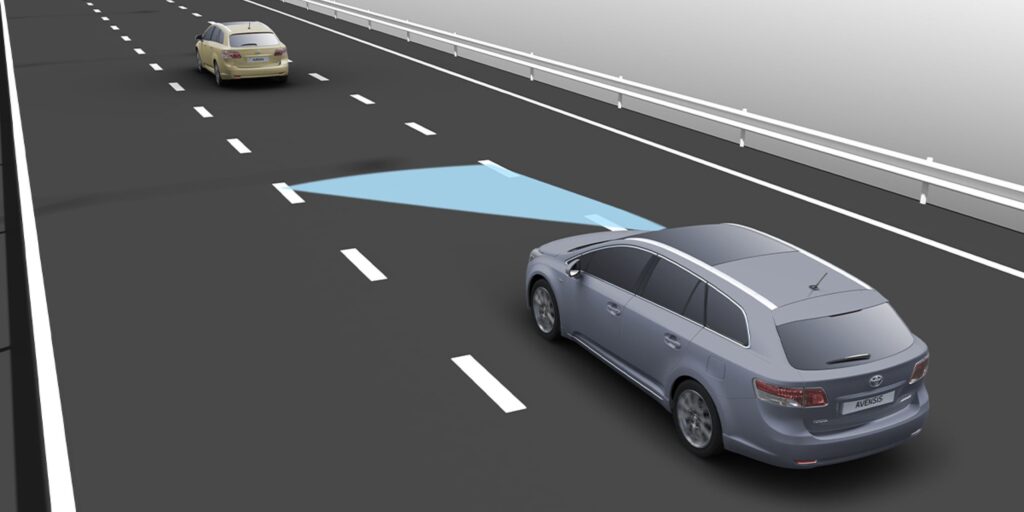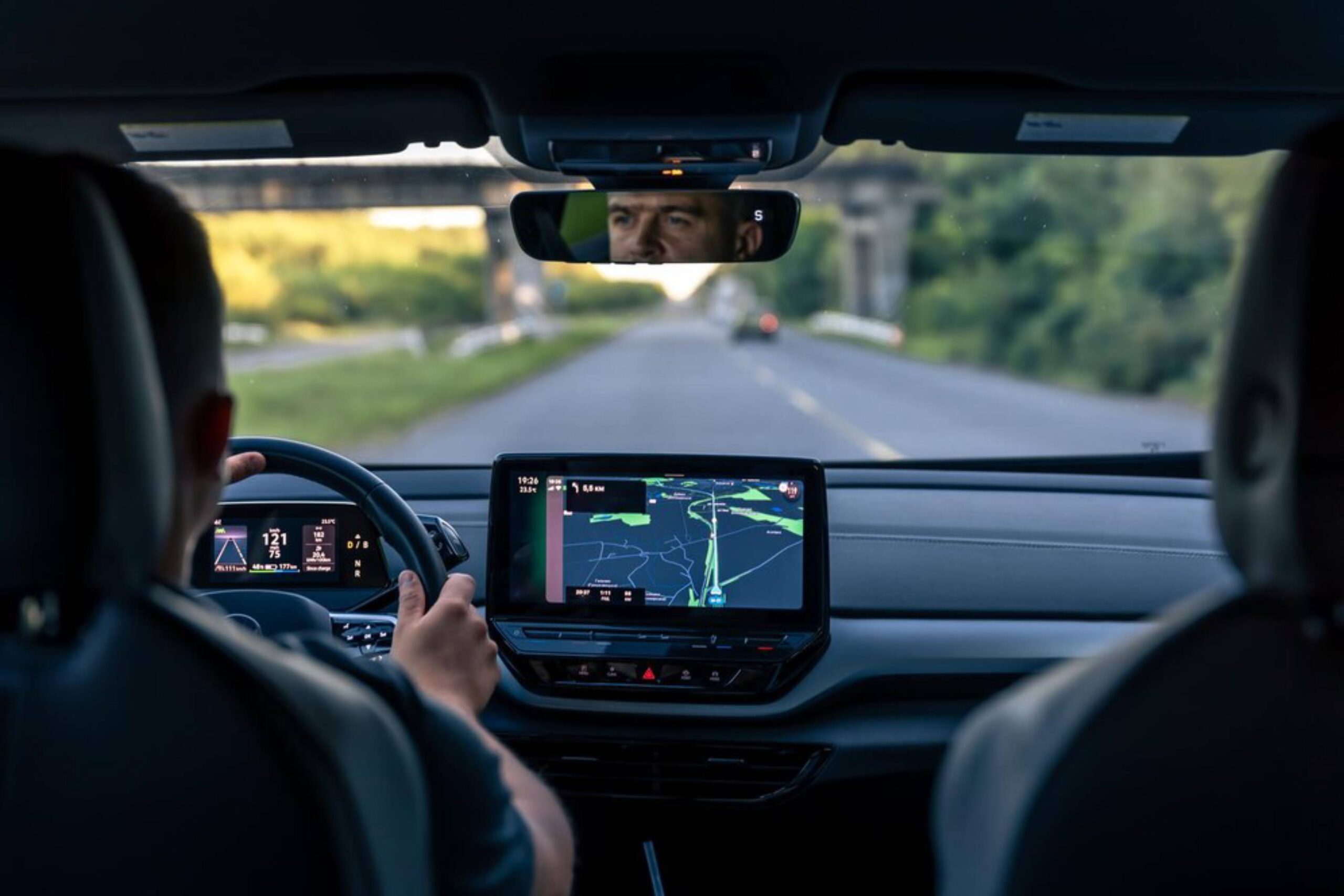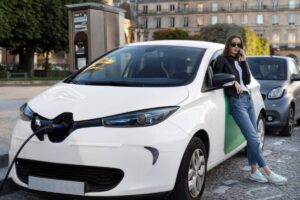The Automobiles & Vehicles Blog

Safety Features to Look for in an Electric Vehicle
When you imagine upgrading to an electric vehicle (EV), your mind likely jumps to things like range, charge times, or whether it’ll fit your lifestyle. But here’s the truth: none of that matters if the car isn’t safe. And in a world filled with complex roads, unpredictable drivers, and evolving urban traffic, safety isn’t optional — it’s essential.
Luckily, EVs are leading the way not just in sustainability but in intelligent safety engineering. From proactive systems that help you avoid collisions to post-crash technologies that cushion impact, modern electric vehicles are redefining road safety.
This guide explores the must-have EV safety tech, builds out a comprehensive electric car safety checklist, and helps you understand EV driver assistance features that make all the difference. Whether you’re new to electric or ready for your next upgrade, this post ensures you prioritise the right protection — for yourself and everyone you share the road with.
Why Safety in EVs Looks a Bit Different
Design from the Ground Up
Unlike petrol cars adapted over decades, many EVs are designed completely from scratch, built around a battery pack and electric motor system. That results in:
- Lower centre of gravity (thanks to underfloor batteries), reducing rollover risk.
- More controlled weight distribution, which improves handling.
- No bulky engine, allowing for extended crumple zones and better frontal crash energy absorption.
EV platforms often include rigid frames to protect the battery — and by extension, the cabin and occupants.
Top EV Safety Tech Features to Look For
Let’s break down the most valuable safety systems your next EV should include — and why they matter.
1. Automatic Emergency Braking (AEB)
Why it matters: AEB scans the road ahead and slams the brakes if you don’t react in time — especially useful in heavy traffic or city streets.
- Most effective at low to medium speeds.
- Helps avoid or reduce the severity of rear-end crashes.
- Now often includes pedestrian and cyclist detection.
Must-have? Absolutely. In fact, Euro NCAP scores vehicles significantly higher when AEB is standard.
2. Lane-Keeping Assist & Lane Departure Warning
These systems use cameras to monitor your lane positioning and:
- Warn you if you drift out of lane without signalling.
- Gently steer you back onto the right track (in higher-end versions).
Ideal for long commutes or when you’re feeling tired. The best systems are subtle — they help without being intrusive.
3. Blind Spot Monitoring & Rear Cross-Traffic Alert
Blind spots still exist, even in modern EVs. These features:
- Flash lights or vibrate your steering wheel when a vehicle enters your blind zone.
- Detect crossing traffic when reversing from a driveway or car park bay.
For urban drivers, this is especially helpful when parked near busy roads or cycle lanes.
4. Adaptive Cruise Control (ACC)
Standard cruise control holds your speed. Adaptive Cruise Control goes a step further by adjusting your speed based on the car in front — even bringing you to a full stop in traffic, then starting again.
Combined with lane centring, this is the core of Level 2 autonomous driving. In short: your EV won’t just follow traffic — it helps manage it.
5. Driver Monitoring Systems (DMS)

Distraction is a major cause of accidents. That’s why many EVs now use infrared cameras or facial recognition to check if you’re:
- Looking at the road
- Blinking excessively (fatigue)
- Holding the wheel (in cars with lane centring)
If you’re distracted or drowsy, the system prompts you — sometimes escalating to audible alerts or slowdowns.
6. Forward Collision Warning (FCW)
Not to be confused with AEB, this system alerts you before a crash is imminent — buying you crucial seconds to react.
- Particularly useful at higher speeds or on motorways.
- Often paired with brake assist, which boosts your stopping power.
7. Crumple Zones and Battery Shielding
This one’s less about sensors and more about pure structural integrity.
Modern EVs have:
- Reinforced steel around battery packs
- Smart design that channels crash energy away from the cabin
- Rigid passenger cells to preserve space during a crash
Always check a vehicle’s Euro NCAP or NHTSA crash test scores, especially in frontal and side-impact results.
8. Over-the-Air (OTA) Safety Updates

This one’s unique to EVs.
Some electric cars, like Teslas or Hyundai’s Ioniq models, can improve their safety systems via software updates. That means better braking, smoother steering assist, or upgraded object recognition — long after you’ve bought the car.
9. Rear Occupant Alert
If you regularly drive with children or pets, this one’s a game-changer.
The system uses weight sensors or motion detectors to remind you to check the back seat before exiting the vehicle — especially important in hot weather.
10. Post-Crash Battery Management
In a collision, EVs need to shut off or isolate the battery to prevent fire instantly. Many new models:
- Use pyro fuse disconnects to cut battery power
- Seal off compromised cells
- Alert emergency responders to battery locations
This kind of after-impact safety is increasingly becoming standard in well-engineered EVs.
Electric Car Safety Checklist: What to Ask When Buying
Whether buying new or used, here’s a practical checklist to take with you:
Crash Test Results
- Euro NCAP (Europe) or NHTSA (USA): Aim for 5 stars overall
- Check Adult Occupant, Child Occupant, and Safety Assist scores
ADAS System Presence
- Is AEB standard?
- Is lane assistance active or just alert-based?
- Are sensors still functioning if it’s a used vehicle?
Battery Safety Design
- Is there underbody shielding?
- Ask about post-crash isolation systems.
- Look for brands with UN R100 certification.
Test Features Yourself
- Does ACC respond smoothly?
- Do blind spot and cross-traffic alerts engage properly?
- Check menus for DMS alerts or rear occupant warnings.
Real-World Example: Josh’s Wake-Up Call
Josh, a first-time EV owner in Manchester, was initially sceptical about “all the safety bells and whistles.”
“I figured I was a good driver. But when a pedestrian stepped out unexpectedly, it was the automatic braking that stopped us — not me. Now I get it.”
Stories like Josh’s are increasingly common — and show that safety tech isn’t just a luxury. It’s a literal lifesaver.
EV Driver Assistance: What the Future Looks Like
The next wave of EVs is bringing even smarter systems:
- Driver intention prediction based on eye tracking
- 360-degree awareness with 3D visualisation
- Fully hands-free motorway driving in specific “geofenced” zones
As safety tech gets better, the line between car and co-pilot continues to blur — and that’s a good thing.
Smart Safety Is Non-Negotiable
As you shop for your next EV, remember: the most futuristic car in the world isn’t worth it if it can’t protect you in real-world conditions. Thankfully, today’s electric cars offer some of the most advanced safety tools ever fitted to road cars.
From lane-keeping smarts to driver monitoring, EVs are raising the bar. But not every model is created equal. That’s why your electric car safety checklist — and a sharp eye for EV safety tech and driver assistance features — will make all the difference.









